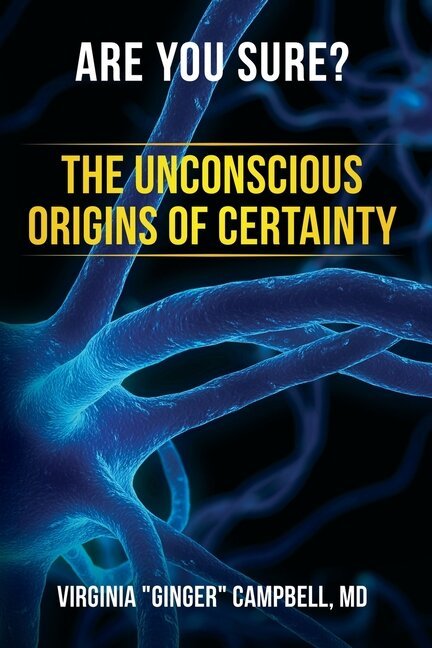Brain Networks with Olaf Sporns (BSP 74)
/Networks of the Brain by Olaf Sporns is an excellent comprehensive introduction to the use of Network Theory to study both the brain and the nervous systems of invertebrates.
In Episode 74 of the Brain Science Podcast, I interviewed Dr. Sporns (Indiana University) about some of the key ideas in his book. Network Theory is becoming increasingly important as a tool for dealing with the massive amounts of data being generated by current techniques, such as brain imaging. It is also a valuable tool for dealing with the fact that nervous systems consist of multiple scales (from the molecular level up to billions of neurons), which can not be reduced to a single scale.
While Networks of the Brain will be of greatest interest to those working in neuroscience and to those with a background in fields like engineering, mathematics, and computer science, this interview provides an introduction for listeners of all backgrounds.
How to get this episode:
Premium Subscribers now have unlimited access to all old episodes and transcripts.
New episodes of the Brain Science Podcast are always FREE. All episodes posted after January 1, 2013, are free. See the individual show notes for links the audio files.
Listen in your Favorite Audio app: Audible, Amazon music, Pandora, Spotify, YouTube and many more.
Links:
Olaf Sporns, PhD (Indiana University): website, email: osporns at indiana.edu.
References:
Networks of the Brain, by Olaf Sporns (MIT Press, 2011).
Rhythms of the Brain, by György Buzsáki.
Watts, DJ, Strogatz SH. "Collective Dynamics of 'small-world' networks." Nature 393: 440-442 (1998).
Fodor, JA. The Modularity of the Mind. (1983).
Related Episodes:
BSP 31: Interview with György Buzsáki, author of Rhythms of the Brain.
BSP 46: Discussion of Brain Imaging, including Diffusion Imaging.
BSP 56: Interview with Dr. Eve Marder about the use of circuit theory in neuroscience.
BSP 61: Mapping the Brain (and generating huge amounts of data).
Announcements:
The Brain Science Podcast will be returning to a monthly schedule on July 1, 2011.
Please join the new Brain Science Podcast Discussion Forum at GoodReads.com.
Dr. Campbell gave a talk in London last month entitled "Why Neuroscience Matters." (Available here.)
Dr. Campbell will be a speaker at The Amazing Meeting 9, July 14-17,2011 in Las Vegas, NV.
Don't forget to check out the Books and Ideas podcast and SCIENCEPODCASTERS.ORG.
The Brain Science Podcast app is available for iPhone, Android, and iPad. If you have purchased the iPhone version, it will now work on your iPad (no additional purchase needed). The iPad is the perfect device for reading episode transcripts, especially if you want to read along as you listen.
Contact Dr. Campbell:
Send Dr. Campbell email at brainsciencepodcast@gmail.com.













